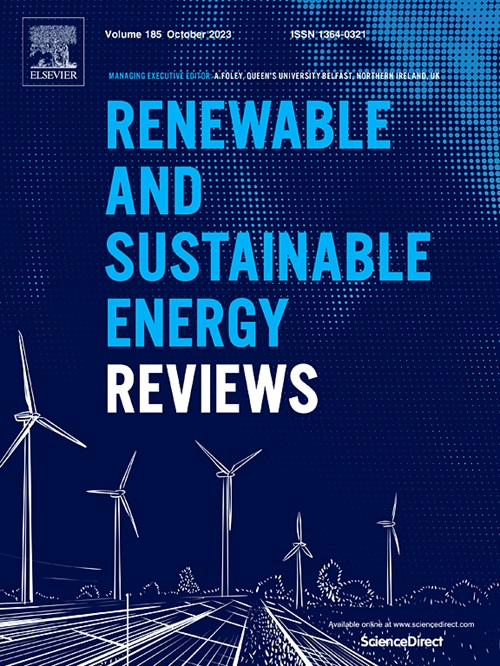A review of grid parity assessment for solar photovoltaics
IF 16.3
1区 工程技术
Q1 ENERGY & FUELS
引用次数: 0
Abstract
Grid parity is considered the tipping point of economic competitiveness of PV systems. However, accurately determining when grid parity is achieved hinges on the reliability and precision of the methodologies and data employed. This paper systematically reviews existing methods for assessing PV grid parity, proposes a structured three-step framework for grid parity assessment, and identifies the potential enhancements for more accurate evaluation outcomes. The framework begins with the calculation of PV costs using the Levelized Cost of Electricity (LCOE) method, continues with predicting PV cost trends through learning curves, and is completed by benchmarking PV costs against electricity prices. Our findings reveal that most current PV cost calculations for grid parity primarily rely on the LCOE method, which can be enhanced by incorporating modifications for integration costs, revenues, PV performance metrics, regional-specific characteristics, and uncertainties. Moreover, learning curve models used to predict PV cost trends can be refined by tailoring learning rates and model formulations to reflect specific stages of technological development and regional differences. Additionally, the results suggest that electricity prices used in grid parity assessment can be adjusted to reflect the impact of policies and market dynamics. This comprehensive review provides a robust framework for assessing grid parity and serves as an essential reference for conducting more precise techno-economic feasibility assessment of PV systems.
求助全文
约1分钟内获得全文
求助全文
来源期刊

Renewable and Sustainable Energy Reviews
工程技术-能源与燃料
CiteScore
31.20
自引率
5.70%
发文量
1055
审稿时长
62 days
期刊介绍:
The mission of Renewable and Sustainable Energy Reviews is to disseminate the most compelling and pertinent critical insights in renewable and sustainable energy, fostering collaboration among the research community, private sector, and policy and decision makers. The journal aims to exchange challenges, solutions, innovative concepts, and technologies, contributing to sustainable development, the transition to a low-carbon future, and the attainment of emissions targets outlined by the United Nations Framework Convention on Climate Change.
Renewable and Sustainable Energy Reviews publishes a diverse range of content, including review papers, original research, case studies, and analyses of new technologies, all featuring a substantial review component such as critique, comparison, or analysis. Introducing a distinctive paper type, Expert Insights, the journal presents commissioned mini-reviews authored by field leaders, addressing topics of significant interest. Case studies undergo consideration only if they showcase the work's applicability to other regions or contribute valuable insights to the broader field of renewable and sustainable energy. Notably, a bibliographic or literature review lacking critical analysis is deemed unsuitable for publication.
 求助内容:
求助内容: 应助结果提醒方式:
应助结果提醒方式:


